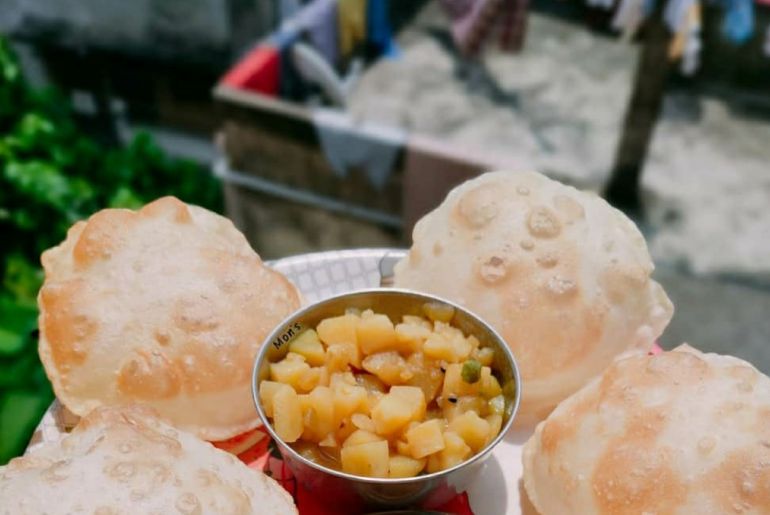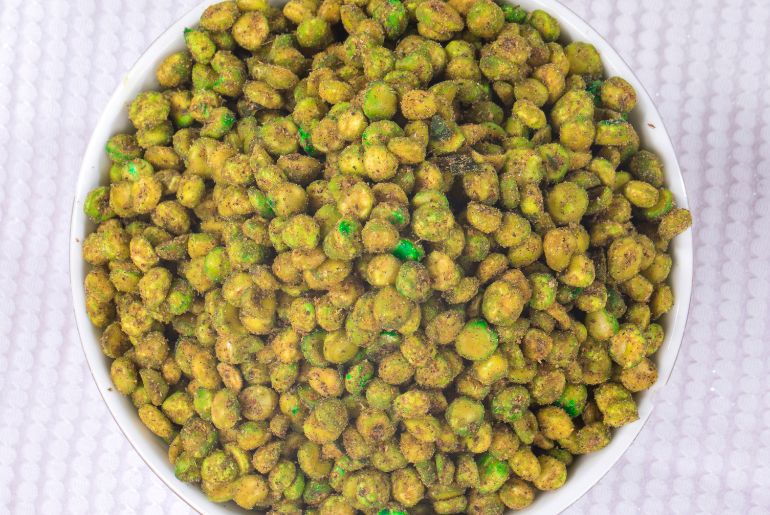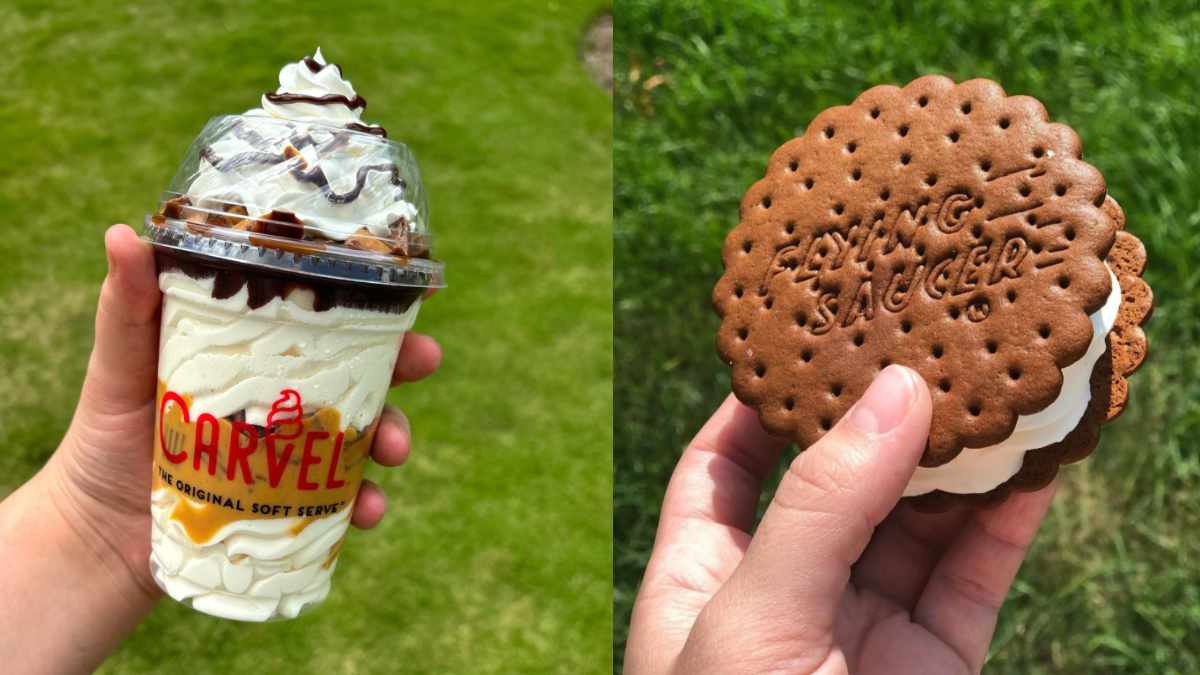Every region, city, and state in India has its own traditional way of celebrating Navratri. While people in Gujarat indulge in fun Garba Raas, people in Bengal celebrate Durga Pujo. Similarly, other states and regions have their own unique way of celebrating. But do you know what is common among all these places? Delicious traditional food dishes! Yes, we have brought you some delicious traditional dishes that are enjoyed across India during Navratri!
1. Sabudana Khichdi

Nobody loves fasting, but dishes like Sabudana Khichdi make it fun! One of the most loved vrat recipes is sabudana khichdi. Recipes made using sabudana tend to give people who are fasting a much-needed energy boost. In the majority of Northern India, soaked Sabudana khichdi is prepared. This important ingredient is cooked with mild spices, peanuts, and potatoes. The star ingredient is black pepper, which is used to season the dish.
2. Kuttu Ke Atte Ki Kachori

People who observe the Navratri fast do not consume grains, cereals, legumes, or pulses at times throughout the majority of Indian states. Kuttu is a non-cereal flour and is also much lighter than conventional atta. Kuttu ke aate ki kachori is another popular dish from northern India. Cottage cheese or potatoes are cooked with mild spices and are used as stuffing for the kachori. It is then deep-fried in oil. The best way to relish this dish is by topping it with yoghurt and a sprinkling of black pepper.
3. Luchi With Aloo’r Dum

During the four main days of massive Durga Pujo celebrations in Bengal that begin with Mahalaya, worshippers tend to relish this delicious pair. Maida, or refined wheat flour, is used to make the deep-fried flatbread known as luchi. It has a crunchy outside and a fluffy interior. The spices turmeric, cumin, and coriander are used to make the potato curry known as aloo’r dum. The curry is thick and delicious, and the potatoes are cooked until they are soft and tender.
4. Farhali Arbi

One of the most popular veggies that is enjoyed during Navratri is arbi. It is also called “Taro Root” in English. To prepare Farhali arbi, arbi is cleaned, sliced, and then parboiled. Then it is cooked in a paste of tomato, ginger, green chilies, coriander, cumin, grated ginger, paprika, and plenty of rock salt. It is then served with Kuttu ke atte ki roti or Singhare ke aate ki roti.
Also Read: Aye Haalo! 8 Jalsa Dandiya Events In Mumbai For The Best Garba Nights
5. Sundals

During the Navratri celebrations, tempered legumes are served in Andhra Pradesh and Tamil Nadu. The legumes were soaked the previous night before cooking. Then it is boiled just long enough to soften but not mush them. Then, asafoetida, salt, mustard seeds, red or green chilies, curry leaves, and chili flakes are added. During all nine days of Navratri, chickpeas, chana daal, moong daal, green gram, cow peas, field beans, sweet corn, etc.—are used to make this dish.
6. Payasam

Varieties of payasam suitable for the festival season: Kheer, also known as payasam, is a classic Indian sweet pudding prepared with milk, grains, and lentils along with a sweetener such as sugar or jaggery. The most widely utilized grains are rice, millets, broken wheat, and semolina/sooji. Payasam, namely moong dal, is prepared from lentils and offered to the gods, particularly to the goddesses in the south.
7. Badam Milk

Badam milk is one of the most popular Indian milk drinks. It is flavored with saffron, cardamom, and ground almonds. It is traditionally created by blending, soaking, and then adding it to boiling cow’s milk. Depending on the season, cardamoms or saffron are used to flavor it. It is referred to as Badam Paal or Badam Haalu in southern India. It provides a wide range of medicinal benefits.
8. Singhare Ka Halwa

An Indian dessert called Singhare Atte Ka Halwa/Sheera Recipe (Water Chestnut Flour Halwa Recipe) is created using water chestnut flour, which is roasted with sugar and ghee until it takes on a crumbly, dense texture. To provide a crunch, a handful of toasted cashew nuts are combined with the halwa. For the Navratri celebration, water chestnut flour is mostly used throughout the fasting season.
Also Read: Navratri: Why Is Jware/ Barley Cultivated During Navratri? Significance, Meaning And More Inside
Which is your favourite dish?
Cover Image Courtesy: Canva
For more such snackable content, interesting discoveries and latest updates on food, travel and experiences in your city, download the Curly Tales App. Download HERE.
Good news! We are on WhatsApp! Subscribe to Curly Tales WhatsApp Channel to stay up-to-date with exclusive content and BTS. Join HERE.




